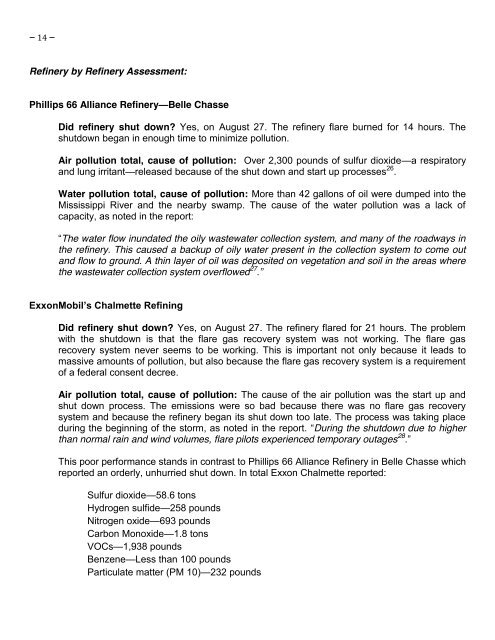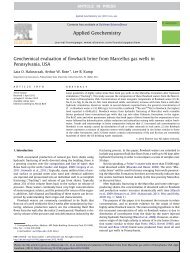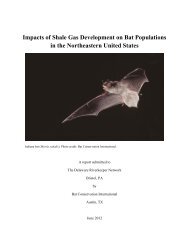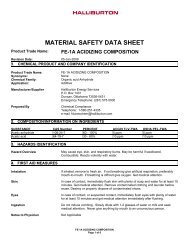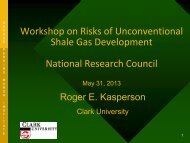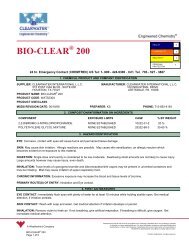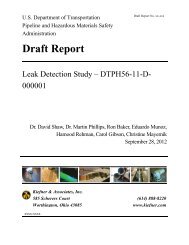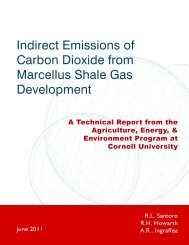Gulf Coast Coal and Petrochemical Facilities Still Not Storm Ready
Gulf Coast Coal and Petrochemical Facilities Still Not Storm Ready
Gulf Coast Coal and Petrochemical Facilities Still Not Storm Ready
You also want an ePaper? Increase the reach of your titles
YUMPU automatically turns print PDFs into web optimized ePapers that Google loves.
– 14 –<br />
Refinery by Refinery Assessment:<br />
Phillips 66 Alliance Refinery—Belle Chasse<br />
Did refinery shut down Yes, on August 27. The refinery flare burned for 14 hours. The<br />
shutdown began in enough time to minimize pollution.<br />
Air pollution total, cause of pollution: Over 2,300 pounds of sulfur dioxide—a respiratory<br />
<strong>and</strong> lung irritant—released because of the shut down <strong>and</strong> start up processes 26 .<br />
Water pollution total, cause of pollution: More than 42 gallons of oil were dumped into the<br />
Mississippi River <strong>and</strong> the nearby swamp. The cause of the water pollution was a lack of<br />
capacity, as noted in the report:<br />
“The water flow inundated the oily wastewater collection system, <strong>and</strong> many of the roadways in<br />
the refinery. This caused a backup of oily water present in the collection system to come out<br />
<strong>and</strong> flow to ground. A thin layer of oil was deposited on vegetation <strong>and</strong> soil in the areas where<br />
the wastewater collection system overflowed 27 .”<br />
ExxonMobil’s Chalmette Refining<br />
Did refinery shut down Yes, on August 27. The refinery flared for 21 hours. The problem<br />
with the shutdown is that the flare gas recovery system was not working. The flare gas<br />
recovery system never seems to be working. This is important not only because it leads to<br />
massive amounts of pollution, but also because the flare gas recovery system is a requirement<br />
of a federal consent decree.<br />
Air pollution total, cause of pollution: The cause of the air pollution was the start up <strong>and</strong><br />
shut down process. The emissions were so bad because there was no flare gas recovery<br />
system <strong>and</strong> because the refinery began its shut down too late. The process was taking place<br />
during the beginning of the storm, as noted in the report. “During the shutdown due to higher<br />
than normal rain <strong>and</strong> wind volumes, flare pilots experienced temporary outages 28 .”<br />
This poor performance st<strong>and</strong>s in contrast to Phillips 66 Alliance Refinery in Belle Chasse which<br />
reported an orderly, unhurried shut down. In total Exxon Chalmette reported:<br />
Sulfur dioxide—58.6 tons<br />
Hydrogen sulfide—258 pounds<br />
Nitrogen oxide—693 pounds<br />
Carbon Monoxide—1.8 tons<br />
VOCs—1,938 pounds<br />
Benzene—Less than 100 pounds<br />
Particulate matter (PM 10)—232 pounds


